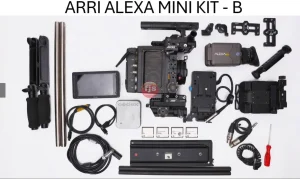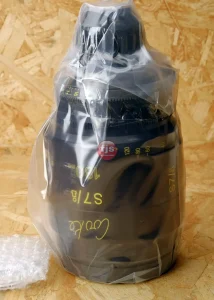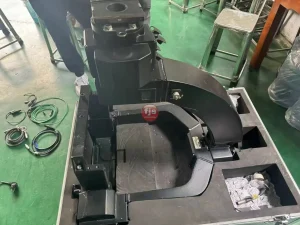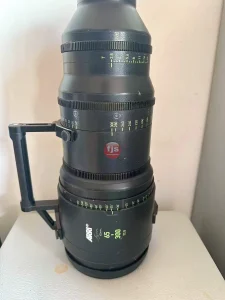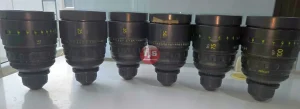Ever feel the urge to banish those black bars while watching an older movie on your widescreen TV? De-squeezing software promises a solution, but is it a one-size-fits-all answer? The truth is, the source content itself plays a critical role in how effective de-squeezing is. Let’s delve into why!
Content is King: Understanding What De-Squeezing Can (and Can’t) Do
- Anamorphic vs. Non-Anamorphic: De-squeezing is specifically designed for anamorphic content. These films capture a wider image than standard TVs can display, resulting in black bars when viewed normally. De-squeezing stretches the image to fill the screen.
- Stretching the Truth: For non-anamorphic content, there’s no extra picture information encoded within the black bars. Stretching this type of content simply distorts the image, making objects appear elongated or squished.
- Respecting the Director’s Vision: Anamorphic films are intentionally shot in a wider format for a specific artistic effect. De-squeezing can alter this intended aspect ratio, potentially compromising the director’s vision.
Beyond the List: A Deeper Look at Content and De-Squeezing
Here’s why understanding source content is important:
- Preserving Image Integrity: De-squeezing non-anamorphic content introduces unnecessary distortion, reducing the overall image quality.
- Respecting Aspect Ratio: Maintaining the original aspect ratio is crucial for preserving the intended cinematic experience. De-squeezing anamorphic content can disrupt this balance.
- Content Labeling: Not all content is clearly labeled as anamorphic. Some detective work might be required to determine if de-squeezing is appropriate.
Conclusion: De-Squeezing Wisely
While de-squeezing can be a tempting way to fill your screen, it’s not a magic bullet. Here’s how to make informed choices:
- Identify Anamorphic Content: Look for information about the film’s original aspect ratio. If unsure, consult online resources or the film’s packaging.
- Embrace the Black Bars: For non-anamorphic content, watching with black bars ensures you see the movie exactly as the director intended.
- De-Squeeze Responsibly: If you choose to de-squeeze anamorphic content, be aware of the potential for minor quality loss and aspect ratio distortion.
Q&A
- What if I can’t tell if the content is anamorphic?
Err on the side of caution! Leaving black bars is always preferable to unintentional image distortion. You can also search online for the specific movie title and aspect ratio.
- Are there any benefits to de-squeezing anamorphic content?
Some viewers might find the larger image and increased immersion from de-squeezing outweigh the potential drawbacks. Ultimately, the choice is a matter of personal preference.
- Is there a way to tell if de-squeezing is being applied?
Unfortunately, there’s no easy way for users to definitively determine if their device is de-squeezing the content. Consult your TV’s manual or search for information about its video processing features.


